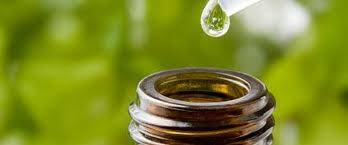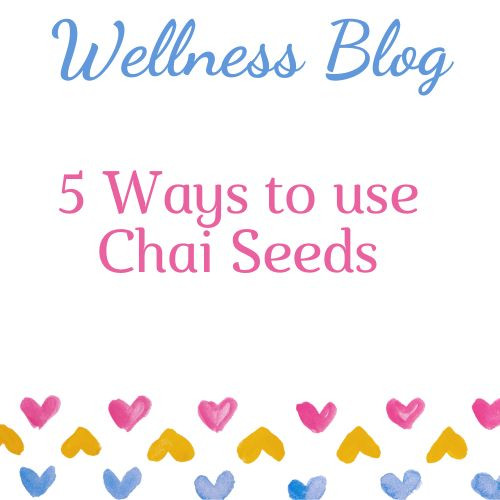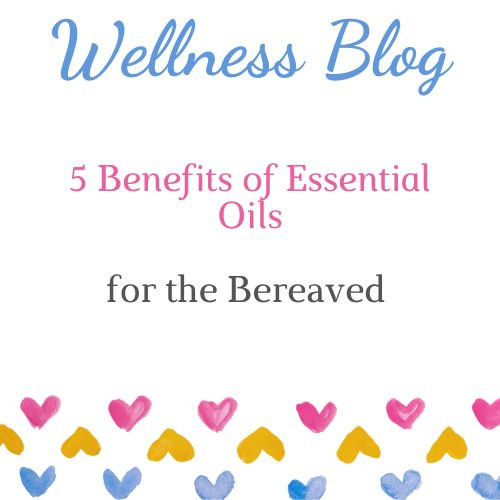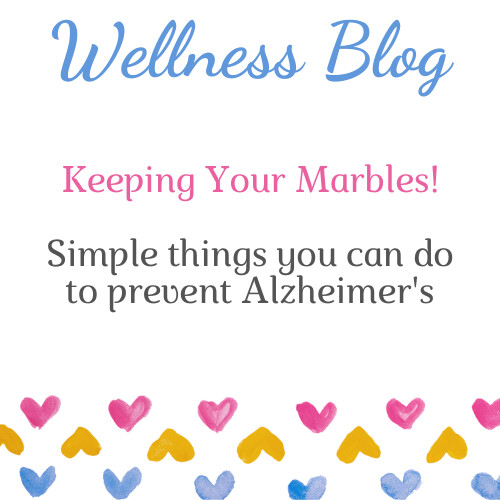
The Art of Blending with Essential Oils
I recently bought a really useful book entitled The Art of Blending with Essential Oils by Debra Raybern which I found really inspiring and which contained a lot of information not normally found in other books, so I thought I would share some of the information for you to enjoy too.
When teaching blending teachers will first inform their students about 'notes', base, middle and top notes. They may also say there are many different things to think about when blending for example if it is for a perfume or is it for a room freshener - but in all my years of practicing, learning about and teaching aromatherapy, I have never come across 'rivers'. Here is an except fro Debra's book.
"Ylang ylang, myrrh or black spruce are often used as a 'river' for a blend. Black spruce and rose are known to amplify the frequency of any blend to which they are added. Myrrh is known to make a scent last longer. A river essential oil is much like a carrier oil in a blend: it acts to transport or carry the other essential oils, allowing them to blend better for fragrance purposes".
Tips for successful blending:
The No. 1 rule in blending: Keep a blending journal - whether your blend is for for a perfume, for a sleeping aid or for a room freshener, you'll benefit from keeping a record of the exact drops you used of each oil, and of course your chosen carrier oil, if you used one. This way you won't end up with an aroma that you love but can't reproduce. If you always keep a record of all your blends in a journal - the good ones and not so good ones - once you've perfected your blend you will be able to re-create it. Buy yourself a beautiful journal book - not too small as if you are a student you will be using it a lot to do your case studies! I still have my original journal from when I trained with Eve Taylor in 1990!
Another quote from Debra' book:
"Let it rest! it's a good idea to put a new blend away for a few days or even a week. Let the scents meld together and get comfortable with each other. Sometimes they change in ways you like. Sometimes one note becomes too strong and needs to be softened with another oil. Make a blending journal entry to adjust your blends accordingly".
One last quote from Debra's book - I love this one! and again have never heard about the coffee or the arm pits!
" The Nose Knows" Become familiar with the scent and character of the oils. Inhale the essential oil and note how it makes you feel. Is the scent calming, uplifting, focused, sensual, happy, motivating or energising? Note the aroma - is it light, fresh, strong, sweet, green (like fresh mown grass) etc?
To test an aroma of an individual essential oi, breath directly from the bottle in the following manner: hold the bottle chest high, and gently swirl the essential oil in the bottle to stir up the molecules. Bring the bottle slowly to your nose, breathig deeply the entire time. how does it smell: how does it make you feel?
When testing several blends, you may experience olfactory overload. After a while you may no longer even be able to smell them! This is common and you can restore your sense of smell by sniffing fresh ground coffee beans, taking a break outside in the fresh air for at least 30 minutes, or the simplest method: smell your armpit (as long as you care not wearing a synthetically or strongly fragranced deodorant). It's true - it really works and it's always with you!
That's all for this post, but I'll continue with more on blending with the next post.





 Welcome to my Blog! I'm Suzie Webb you can read more about me
Welcome to my Blog! I'm Suzie Webb you can read more about me 





0 Comments